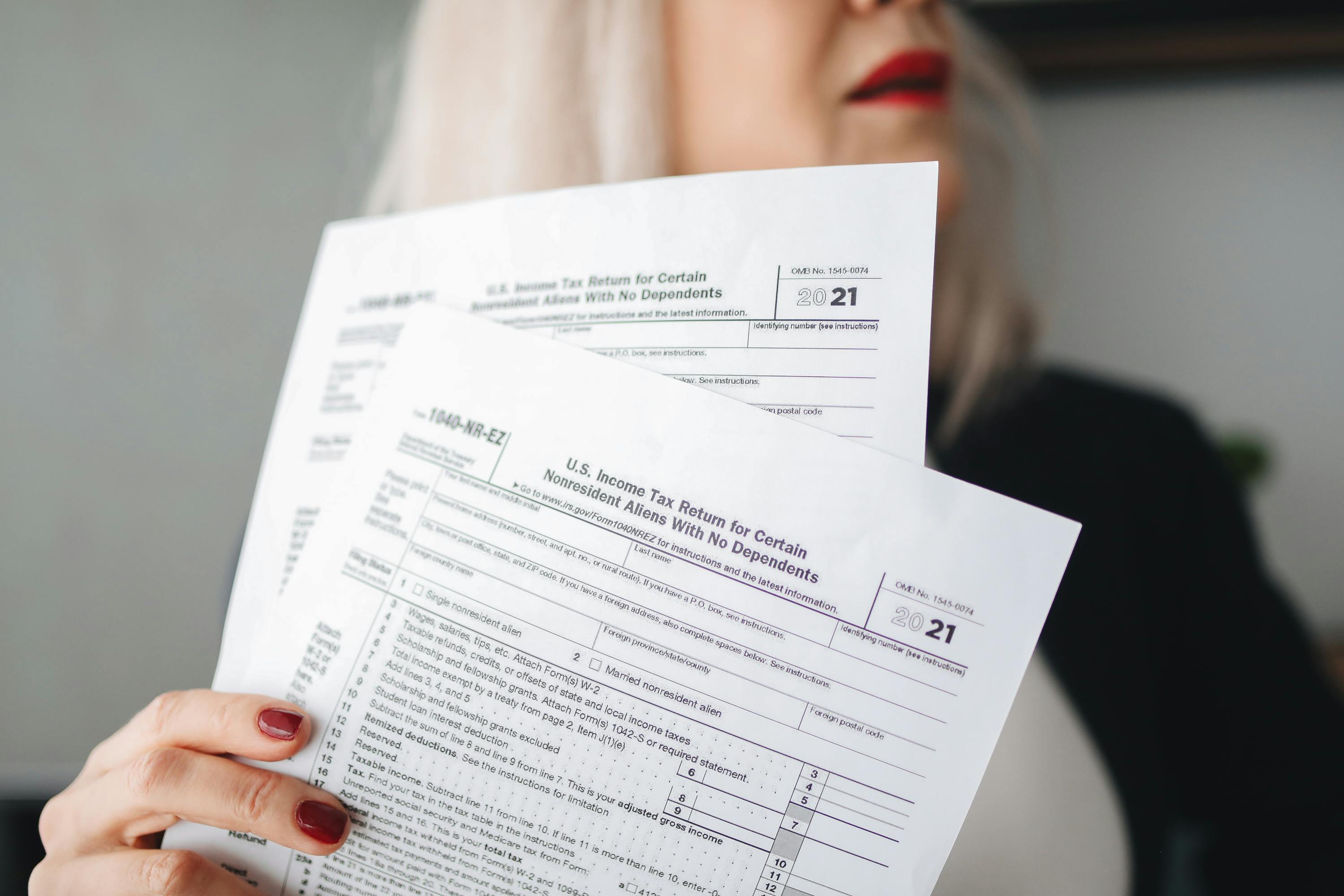Key Takeaways
- Contact your state Medicaid office as soon as possible to report the death.
- If the death has already been reported to Social Security, Medicaid may get notified automatically but you should still confirm closure.
- Medicaid may pursue estate recovery if the person was over 55 or received long-term care.
- Linked benefits like SNAP or SSI usually close automatically but should still be checked.
- Keep all paperwork, including notices, receipts, and proof of closure, for estate records.
When someone passes away, closing out government benefits like Medicaid can feel confusing, especially if it’s tied to other programs like food assistance or long-term care. Each state handles this slightly differently, but the overall steps are similar everywhere.
If you have authority to act, here’s what to do, what to expect, and how to avoid common pitfalls when updating or closing a Medicaid account after death.
{{blog-cta-checklist-small}}
Step 1: Notify Medicaid of the Death
The first step is to let the state Medicaid office know the person has passed.
You can usually do this by:
- Calling the number on the Medicaid card or the state’s website
- Uploading or mailing a copy of the death certificate if requested
- Using the state’s online benefits portal if available
If the death was already reported to Social Security, Medicaid often receives the update automatically but it’s still best to call and confirm the case is closed.
Step 2: Check for Connected Benefits
Medicaid is often linked to other programs such as:
- SNAP (food assistance)
- Supplemental Security Income (SSI)
- State-run long-term care or prescription programs
When Medicaid is closed, these programs usually end automatically. Still, double-check each one to make sure no benefits remain active.
Step 3: If They Were in a Nursing Home or Receiving Long-Term Care
If Medicaid paid for a nursing home or in-home care, notify both the facility and Medicaid.
The last date Medicaid will pay for care is the date of death. The facility may request:
- The death certificate
- Date of death
- Details about any unpaid patient balances or possible refunds
If you’re the estate representative, don’t pay any nursing home invoices until you’ve confirmed what Medicaid covered.
Step 4: Understand Medicaid Estate Recovery
In some cases, the state may try to recover the cost of care paid by Medicaid. This is called Medicaid Estate Recovery (MERP).
It usually applies if the person was 55 or older, and Medicaid paid for long-term care or similar services.
If applicable, the state will send a notice to the executor or estate representative. Recovery typically comes from assets held in the person’s name, such as a home or bank account.
Some assets are exempt, including:
- A surviving spouse’s residence
- A home where a minor or disabled child lives
- Cases where recovery would cause undue hardship
You can usually appeal or request a hardship waiver if you qualify.
If the person had no estate, there’s nothing to recover, and the case will close quietly.
Step 5: Notify Any Managed Care or Secondary Insurance
If the person had Medicaid managed care, dual coverage (Medicare + Medicaid), or other state-funded insurance, contact both Medicaid and the insurer.
Once Medicaid records are updated, the plan will typically terminate coverage automatically.
Step 6: Handle Refunds or Final Payments
Occasionally, there may be:
- Premiums paid in advance, such as for Medicaid Buy-In programs
- Overpayments on services tied to Medicaid
In these cases, any refund is sent to the estate, not to individuals. You may need to provide:
- A copy of the death certificate
- Court appointment papers (Letters Testamentary or Administration)
Step 7: Confirm Closure and Keep Records
Once everything is processed:
- Medicaid coverage ends as of the date of death
- The account is marked closed in state systems
- Linked benefits like SNAP or SSI are deactivated
- If applicable, estate recovery is initiated
Keep copies of:
- The death certificate
- Any letters or notices from Medicaid
- Proof of closure or recovery resolution
These documents are useful if questions arise later during estate settlement or tax filing.
Final Thoughts
Closing a Medicaid account isn’t difficult, but it does require care and follow-through. Each small step, reporting, confirming, and documenting, helps protect the estate from complications later.
At Elayne, we guide families through every stage of post-loss administration. Our checklists, templates, and reminders help you complete important tasks like Medicaid updates with clarity and confidence.
{{blog-cta-checklist-large}}
FAQs
1. Do I have to report a death to Medicaid if Social Security already knows?
It’s best to confirm directly. Some states get automatic updates, but calling ensures the account is properly closed.
2. What if Medicaid paid for nursing home care?
The state may pursue estate recovery to reclaim those costs, depending on the person’s age and assets.
3. How long does it take to close Medicaid?
Usually a few weeks, depending on state processing times. Estate recovery, if required, can take longer.
4. Can the state take the person’s home?
Only in specific cases. A home with a surviving spouse, minor child, or hardship exemption is usually protected.
5. Will I get a refund if Medicaid was overpaid?
Any refund goes to the estate, not to individuals. You’ll need to show proof of authority to claim it.
*Disclaimer: This article is for informational purposes only and does not provide legal, medical, financial, or tax advice. Please consult with a licensed professional to address your specific situation.


















































